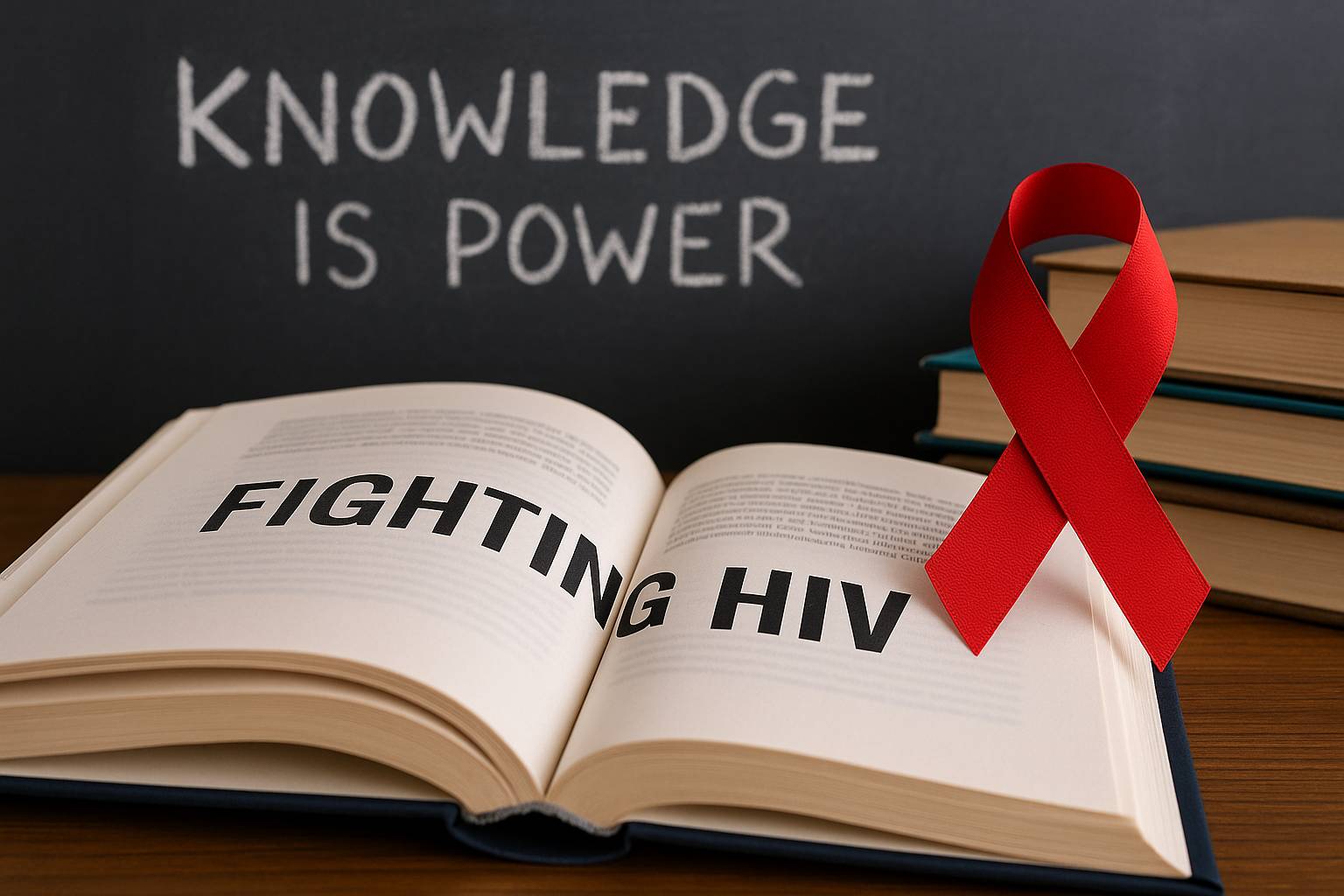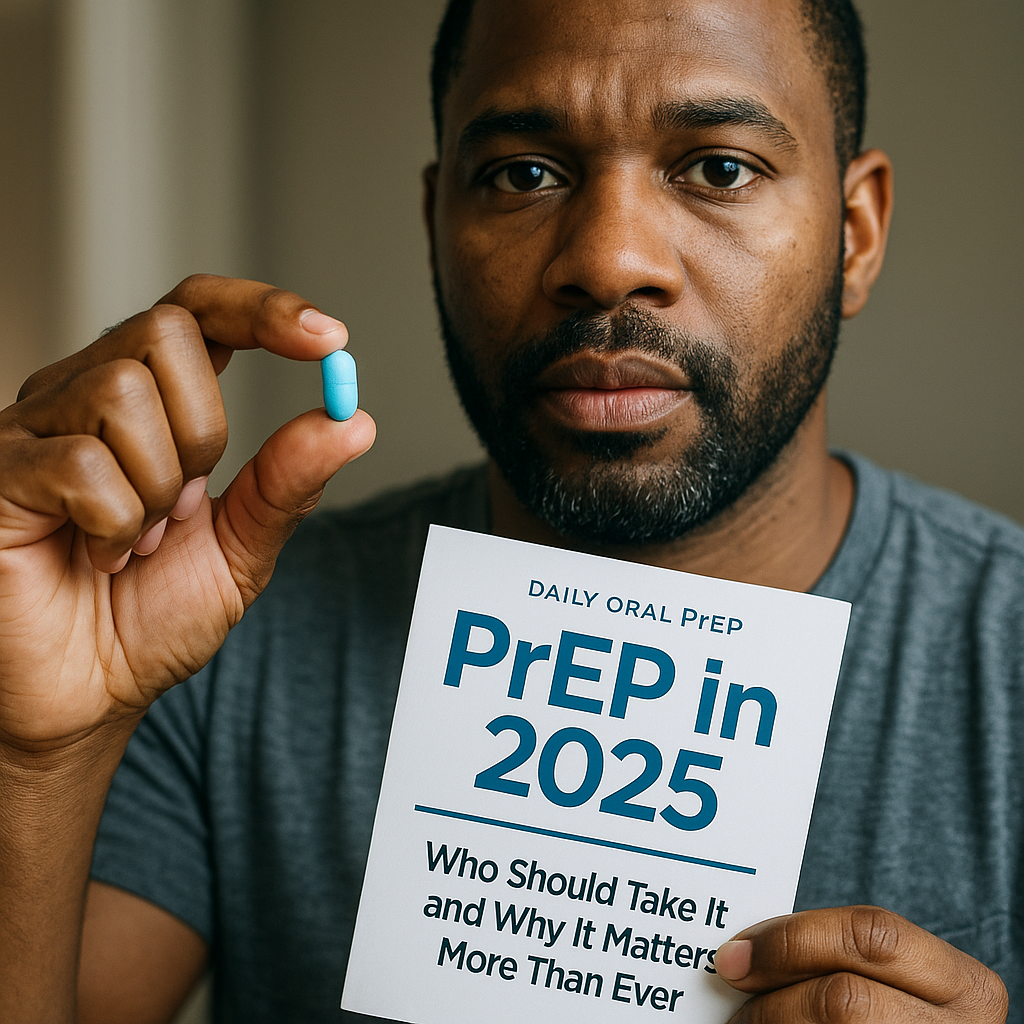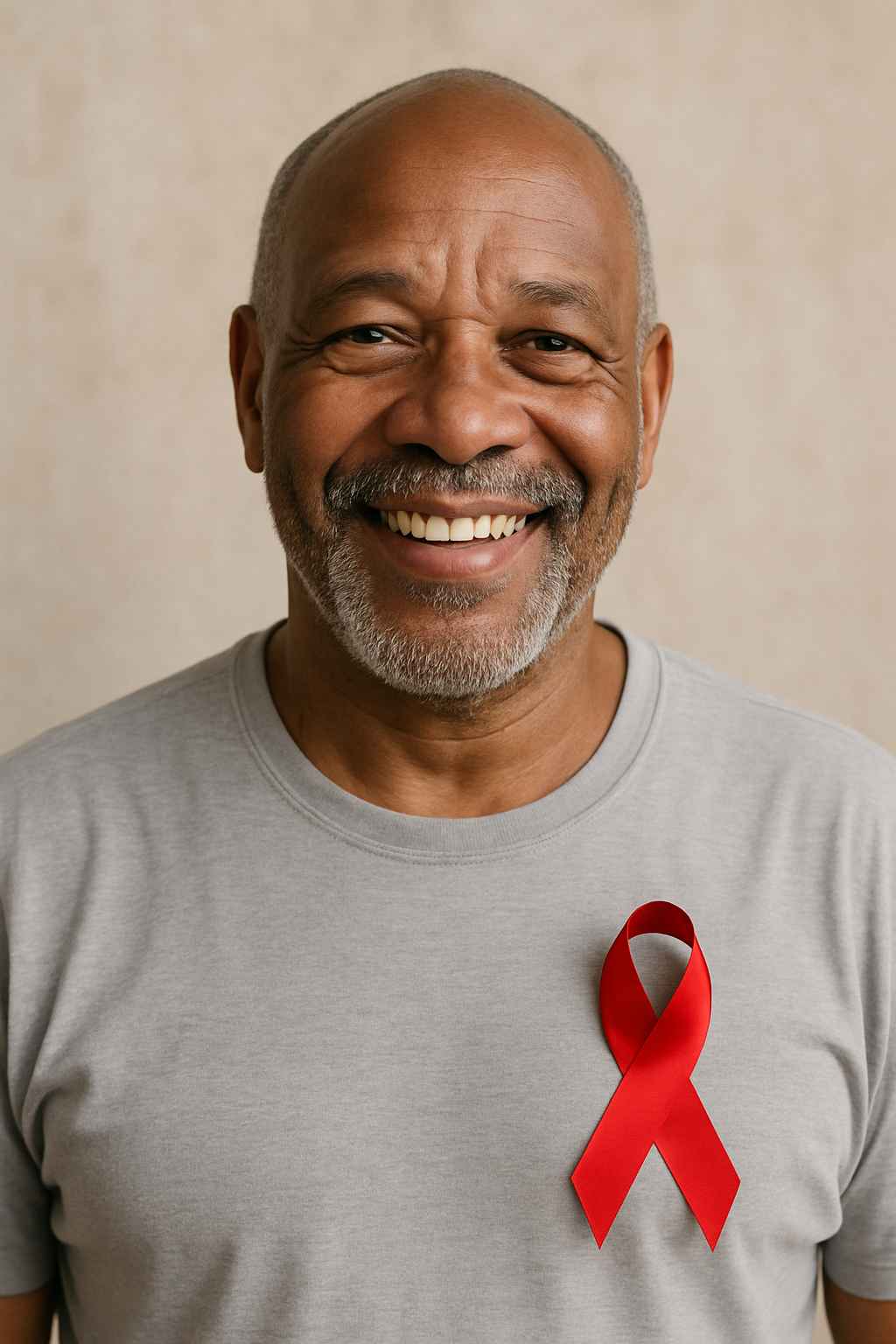
How do we fight something invisible? With HIV, the answer lies not just in medicine, but in knowledge. Fighting HIV with accurate information has proven as critical as any antiretroviral drug. When individuals understand how the virus works, how it spreads, and how to protect themselves, they become active participants in ending the epidemic.
In this article, we break down why education remains one of the most powerful tools in the fight against HIV, how knowledge empowers individuals, and what strategies are helping communities stay informed and engaged.
Table of Contents
- The Link Between HIV Awareness and Prevention
- Common Myths and How They Fuel Stigma
- Empowering Communities Through Education
- Access to Care and the Role of Health Literacy
- Conclusion and FAQs
The Link Between HIV Awareness and Prevention
When people understand HIV transmission, they can take meaningful action. Education helps dispel fear, fosters dialogue, and encourages behaviors that prevent infection. Without it, stigma thrives and risky behaviors increase.
One of the cornerstones of fighting HIV is promoting awareness about how the virus spreads. HIV is transmitted through specific bodily fluids—blood, semen, vaginal fluids, rectal fluids, and breast milk—and primarily through unprotected sex, sharing needles, and from mother to child during birth or breastfeeding.
Prevention strategies like condom use, regular testing, and the use of pre-exposure prophylaxis (PrEP) dramatically reduce the risk of infection. Drugs like Descovy and Truvada are now commonly used by people at risk.
When education is paired with access to tools like PrEP, the risk of new infections drops significantly. According to UNAIDS, countries that combine outreach with medication access see some of the most significant reductions in transmission.
Common Myths and How They Fuel Stigma
Even today, misinformation about HIV is widespread. These myths perpetuate fear and discrimination, preventing people from getting tested or seeking treatment. Education dismantles these myths.
Subheading: Debunking Persistent Misconceptions
Some still believe HIV can be transmitted through casual contact like hugging, sharing food, or using the same toilet. Others assume only certain groups can get HIV, which reinforces harmful stereotypes.
These misconceptions create a culture of silence. As a result, people living with HIV may face judgment or rejection, even from family and friends. This stigma discourages open conversation, which is vital for prevention.
By replacing fear with facts, communities can shift their perspective. Awareness campaigns, school programs, and online resources like AIDS.org help educate the public about HIV realities and encourage compassion.
Stigma also discourages testing, and without testing, people cannot access treatment. The message must be clear: HIV is a manageable condition, and early diagnosis leads to better outcomes.
Empowering Communities Through Education
Public health experts agree that knowledge is empowerment. When communities are educated about HIV, they are better equipped to protect themselves and support others. This includes everyone—not just those at high risk.
Subheading: Peer Education and Grassroots Campaigns
Peer-led initiatives are particularly effective. People are more likely to trust information from someone who understands their experience. Community-based programs that train volunteers as HIV educators often reach the most vulnerable populations.
These educators hold workshops, distribute resources, and offer one-on-one guidance. Whether it’s teaching teenagers about safe sex or helping recently diagnosed adults navigate treatment options, they bridge the gap between medical knowledge and real-life needs.
Furthermore, digital tools now amplify these efforts. Social media, mobile apps, and telehealth platforms allow HIV education to reach wider audiences. With the click of a button, users can access videos, infographics, and even chat with health professionals.
Supportive forums such as Health.HealingWell.com give people living with HIV a space to ask questions, find community, and share their journeys.
Access to Care and the Role of Health Literacy
Health literacy is essential for effective HIV management. Knowing how to interpret lab results, follow a medication regimen, and recognize symptoms of complications can mean the difference between thriving and struggling.
Subheading: Navigating the Healthcare System
For many, the healthcare system is confusing. Terms like “CD4 count,” “viral load,” and “antiretroviral therapy” may be unfamiliar. Patient-centered education helps individuals make informed decisions about their health.
Programs that provide plain-language resources and bilingual materials are crucial. They ensure that people of all backgrounds can understand their options and take control of their care.
Timely access to medication is another critical element in fighting HIV. Delays in care or misunderstanding prescriptions can hinder viral suppression. Organizations like Healthcare.pro connect patients with experienced providers who specialize in HIV treatment.
As more people receive clear, compassionate care, public confidence in the healthcare system grows. This builds trust—a vital component of community-wide prevention efforts.
Conclusion
Fighting HIV starts with facts. It continues through open dialogue, support systems, and access to care. When communities prioritize education, they break down stigma, encourage testing, and empower people to protect themselves and others.
While treatment advances are essential, knowledge remains the foundation of prevention. The more we know, the stronger we become in the fight against HIV.
For more articles on AIDS and HIV education, visit AIDS.org.
FAQs
Why is education important in fighting HIV?
It helps people understand how HIV spreads, how to prevent it, and how to support those living with it.
What are the most common myths about HIV?
That it spreads through casual contact and only affects specific groups. These myths fuel stigma and misinformation.
How can I help educate others about HIV?
Start conversations, share reliable resources, and support awareness campaigns in your community.
Where can I find support if I or someone I know has HIV?
Resources like Health.HealingWell.com and AIDS.org offer peer support and accurate information.
How can I find an HIV specialist near me?
Visit Healthcare.pro to locate trained professionals who specialize in HIV care.
This content is not medical advice. For any health issues, always consult a healthcare professional. In an emergency, call 911 or your local emergency services.



